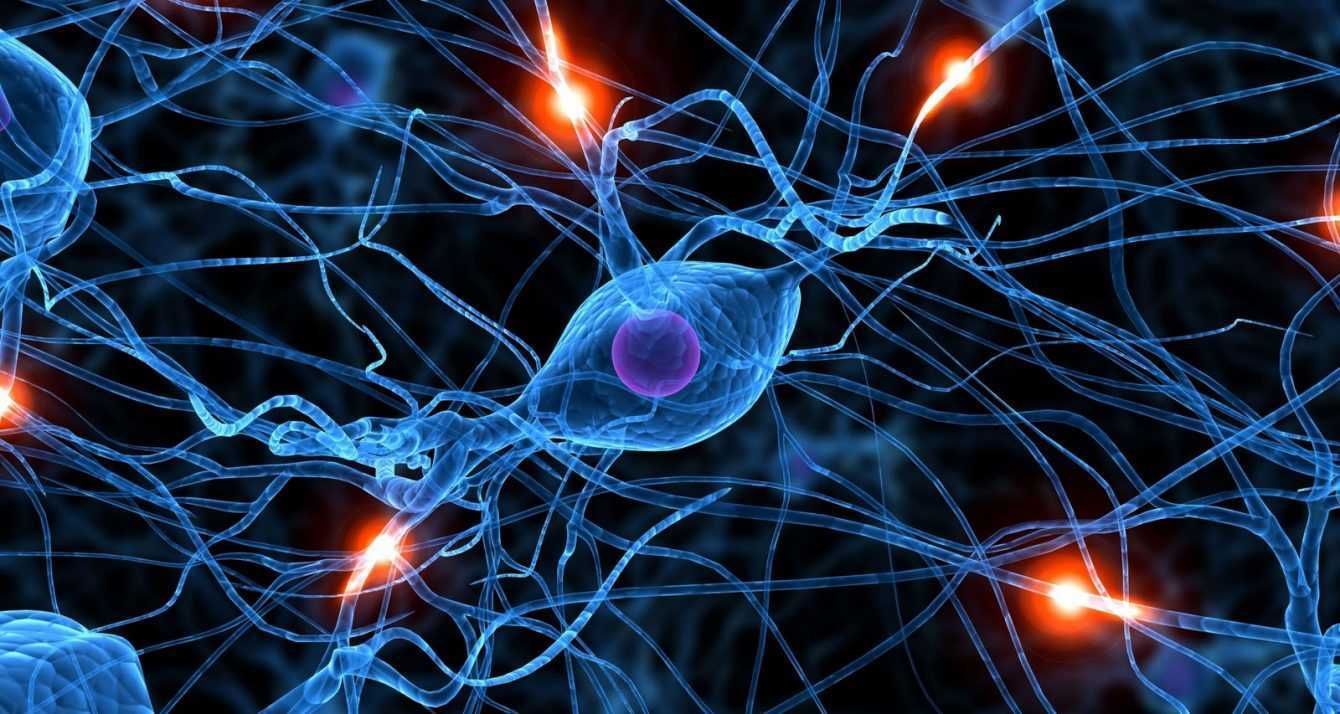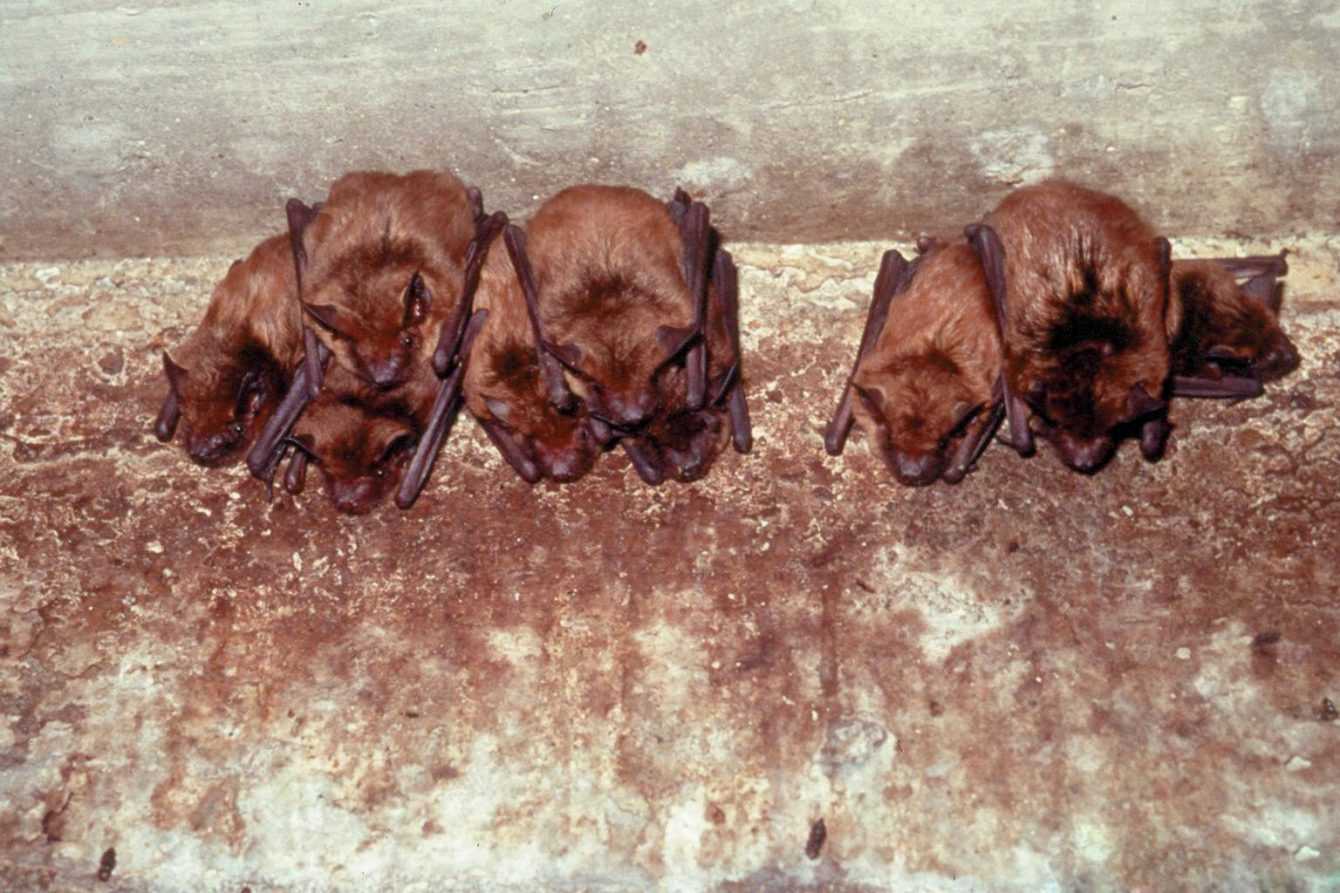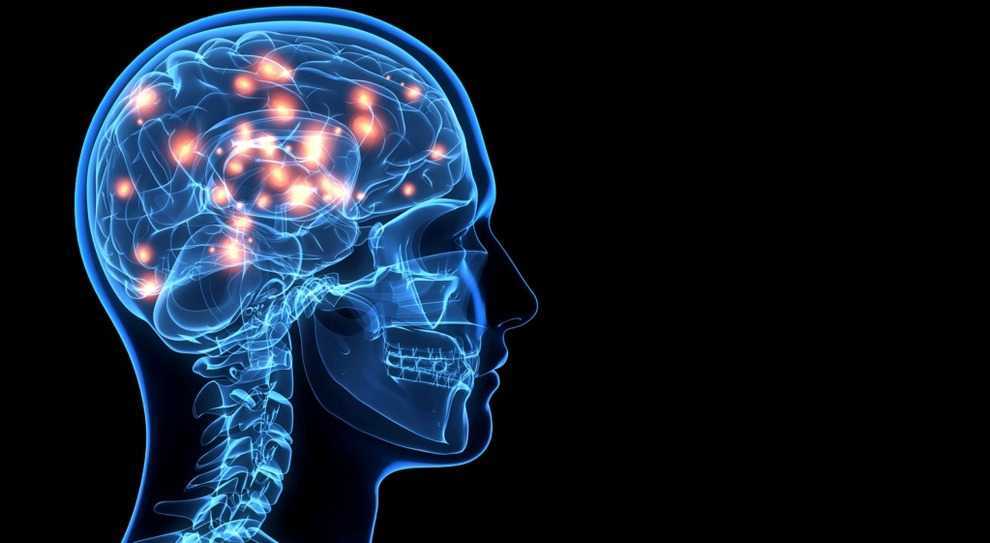Using wireless devices, a group of scientists analyzed the neural mechanisms underlying our social brains
Whether it’s chatting with friends at a dinner party or managing a high-level meeting at work, communicating with others in a group requires a complex set of mental tasks. Our brains need to keep track of who is talking and what is being said, as well as what our relationship with that person might be, because, after all, we probably value our best friend’s opinion more than that of a complete stranger. Using wireless devices to record the neural activity of Egyptian fruit bats, scientists have begun to explore how the brain of social mammals processes complex group interactions. The study was published in the prestigious journal Science.

Thousands of quarrelsome roommates
Like humans, i bats Fruit Egyptians are highly social creatures. After long nights of flying more than 10 miles in search of ripe fruit, these nocturnal animals spend the day hours crammed into cramped caves. piled up with hundreds of other bats. It is therefore not surprising that they vocalize to argue over food, sleeping space, and mating attempts. Being very long-lived, about 25 years, it is normal for groups to be created where sociality takes on complex characteristics. Even in laboratory settings, these bats seem to prefer group comfort, typically spending most of their time physically pressed against each other. In particular, i Egyptian fruit bats they rarely communicate over long distances, preferring instead to communicate with each other only when grouped together. The habit of bats to vocalize within social groups makes them ideal subjects for studying the brain during group communication. However, this behavior also posed one of many technical challenges for the research team. In fact, they often vocalize simultaneously, overlapping and communicating on top of each other, making it difficult to understand which bat has emitted a particular vocalization. As in a bar very crowded, the scientists therefore had to work out a strategy to figure out who said what.
A wireless device to identify them all
During the experiments, four to eight bats were allowed to interact freely in a dark enclosure in the laboratory and to vocalize spontaneously. To accurately identify which bat made each vocalization, the team developed wireless vibration sensors that bats could wear around their necks, almost like necklaces, and that they could detect the vibrations created when a bat has made a certain vocalization. These vibration sensors, coupled with the ability to wirelessly record neural data from multiple bats simultaneously, made it possible to create this experiment in which bats could behave freely and communicate spontaneously. Getting all these technical things to work together was extremely challenging, but it allowed us to answer very important questions.

Neurons for oneself and for others
In a series of experiments, the researchers allowed the bats to interact freely within a darkened enclosure in the laboratory, closely monitoring each bat’s vocalizations and brain activity. They found that, within the prefrontal cortex of each bat, different groups of neurons were activated depending on which bat in the group had vocalized. In other words, one vocalization of a bat would stimulate activity in a set of neurons, while that of another would stimulate a different set of neurons. These correlations were so strong that, after identifying the various groups of neurons, the researchers could identify which bat had vocalized simply by observing the activity of the other bats’ brains. Basically the neurons responded to requests “Who am I talking to?”, “Who is talking to me?”. These brain areas did not care about the message but only the address of the message itself. Previous work had shown that bat pairs’ brains tend to synchronize when socializing. In this study, the authors found that during communication, the entire group syncs together. But this effect was not observed when bats simply heard the same sounds being played. This suggested that this phenomenon was related to communication active that took place among the members of the group.

Are you in or out of our group?
During the experiments, the researchers found that the brain had different signals based on who was speaking. Amazingly, these brain patterns lasted for weeks. Proof that stable relationships were formed between individuals. The scientists then conducted other experiments. In these tests they monitored the location and proximity of the various individuals in the group. Also, they tried to insert extraneous elements to the group during the vocalizations indoors. They found that individuals who had stable relationships tended to be in the center of the social group, while strangers positioned themselves more laterally. Also, the brain’s response to strangers’ vocalizations was different. In brain, the neuronal response to the vocalizations of acquaintances was more “ordered”, while when they vocalized strangers the response was less synchronized and precise. Understanding the neural basis of why some individuals can move with ease in almost any social situation, while others are constantly ostracized or misunderstood, could have important implications for improving health. mental health human, said Yartsev, one of the study’s authors.

The social brain: looking at the whole
Often, in the neuroscience, scientists have a simplified approach and tend to focus on one component at a time of a complex process. But in reality, the social world is very complex. When we spend time with our friends, the relationship history and the baggage that comes from previous interactions is crucial. Each interaction: what happened yesterday, who are the friends, who a particular person is friends with, the emotional state and a thousand other factors become very important. And so, breaking down all of these things and looking at them individually can give an illusion of control but, in fact, it makes it very difficult to see the whole picture. He hopes that this research opens up a new way of looking at how the social brain behaves.
Follow us in our section science for other news!















Leave a Reply
View Comments